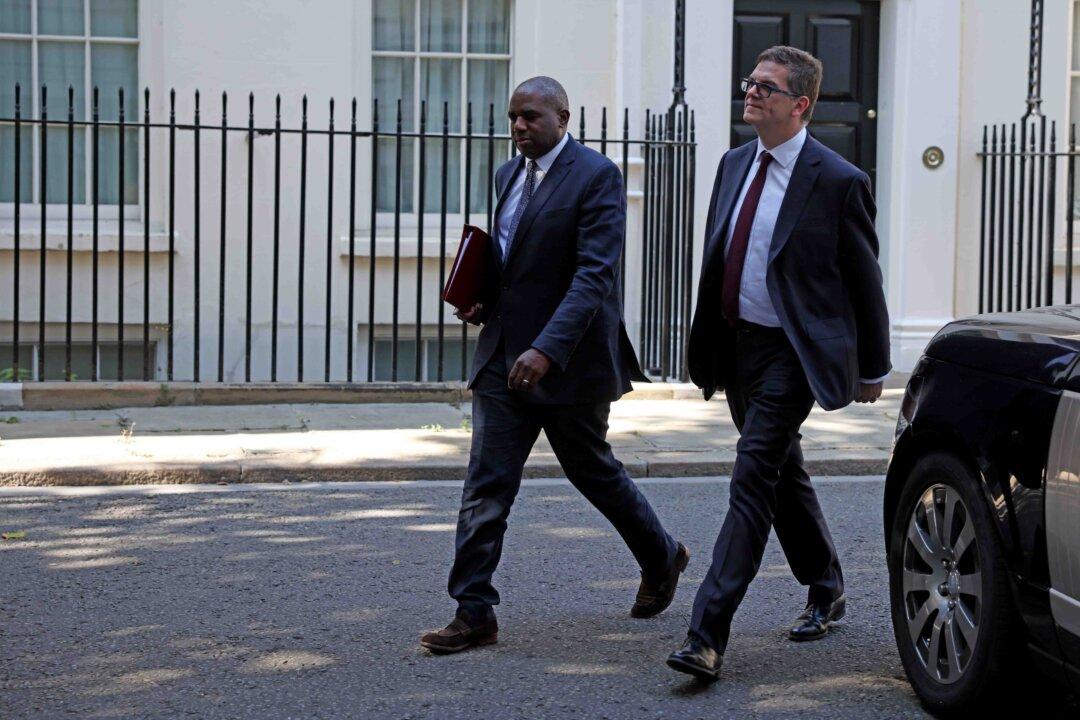The impact of Brexit on trading with Europe has been laid bare by official figures revealing that UK trade in goods with EU countries has plunged by nearly a quarter.
The Office for National Statistics (ONS) said that total trade in goods with EU countries tumbled by 23.1 percent in the first quarter of 2021, compared with the same quarter in 2018—seen as the last stable trading period.




